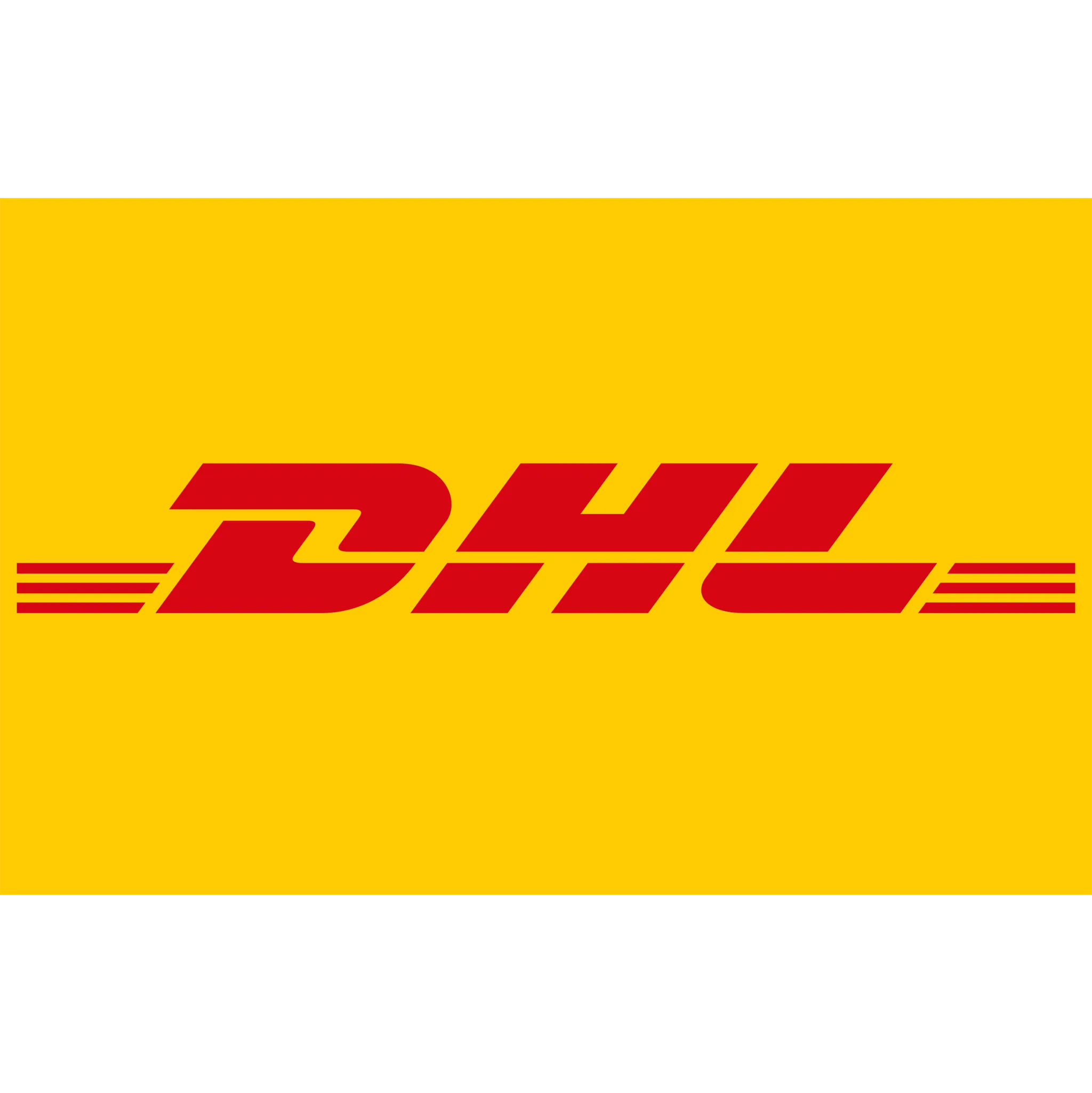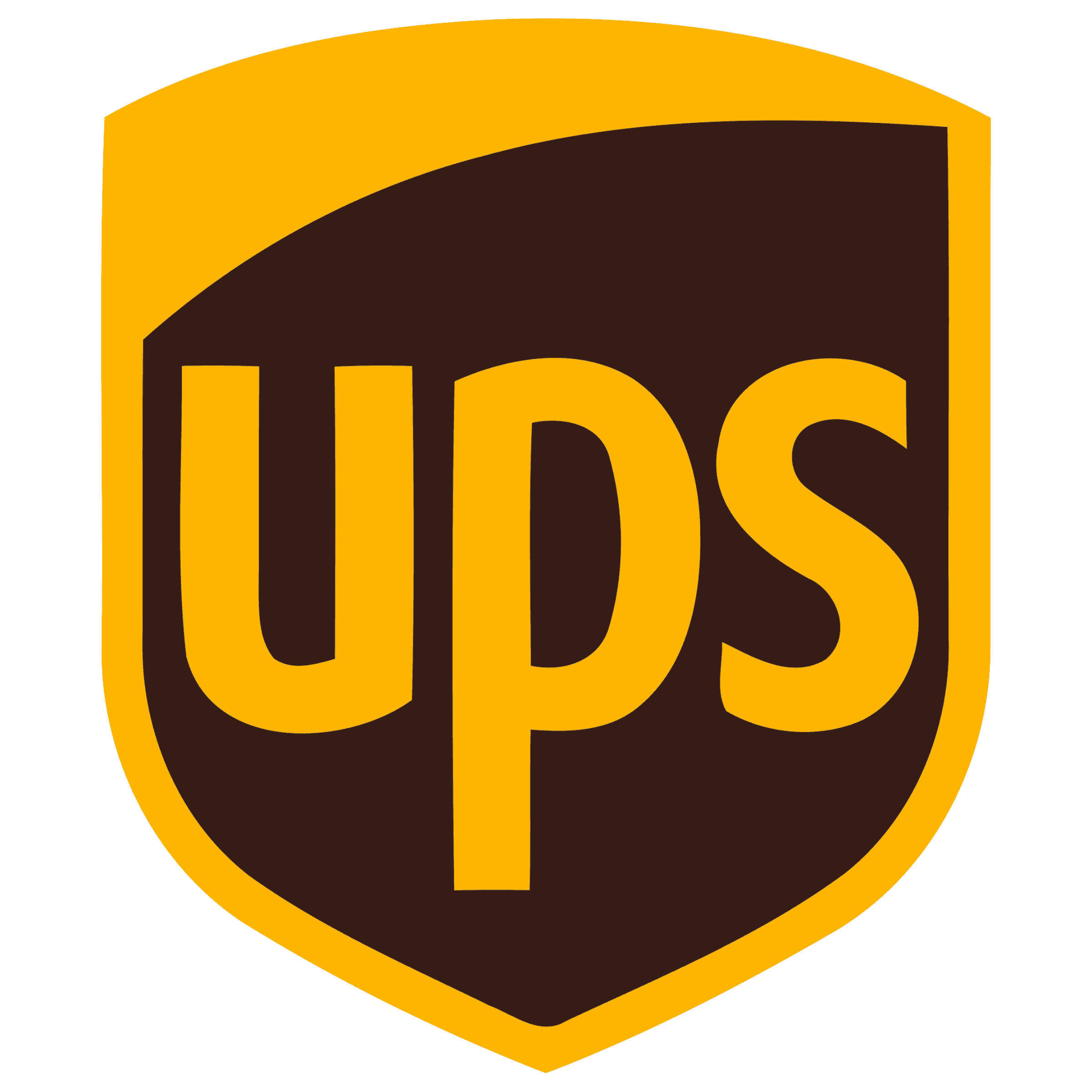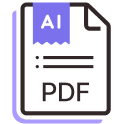
How to automate an accounts receivable aging report
Managing accounts receivable aging manually can be time-consuming and error-prone, especially when pulling data from multiple sources like your ERP, accounting software, and spreadsheets. Without an automated system, finance teams struggle to keep track of overdue invoices, calculate aging buckets, and follow up with customers efficiently — leading to cash flow issues and delayed collections.
With Parabola, you can automate your accounts receivable aging report by pulling invoice data from QuickBooks, NetSuite, or other accounting systems automatically before standardizing it and categorizing outstanding balances into aging buckets (e.g., 0-30, 31-60, 61-90 days). By applying logic to flag overdue invoices and integrating email notifications, you can proactively follow up with customers—reducing manual work and accelerating collections.

Video overview
Why Parabola







In a world where efficiency is a key contributor to effectiveness, Parabola provides an unlock for businesses of all sizes in synthesizing large volumes of information into key insights."
What is an accounts receivable aging report?
An accounts receivable aging report categorizes a company’s outstanding invoices based on the length of time they have been due. It helps businesses track overdue payments, assess customer payment behavior, and manage cash flow effectively.
How to generate an accounts receivable aging report in Parabola?
- Use a step like Pull from CSV file or Pull from NetSuite to retrieve invoice data, including customer names, invoice dates, due dates, and outstanding balances.
- Standardize and clean the data using steps like Edit Columns and Standardize with AI to ensure consistency in customer names and invoice formats.
- Use the Compare dates step to calculate the number of days overdue for each invoice.
- Apply the Add If/Else Column step to assign aging categories (e.g., 0-30, 31-60, 61-90, 90+ days).
- Aggregate outstanding balances by aging bucket using the Sum by group step to calculate total amounts overdue.
- Visualize aging trends using the Visualize step to create a real-time dashboard for finance teams.
- Set up an Email a file attachment step to send automated reports and alerts to key stakeholders or collections teams.
Tips for generating an accounts receivable aging report in Parabola?
- Ensure invoice data is consistently formatted by standardizing customer names and invoice references early in the flow.
- Automate data pulls from your accounting system to ensure real-time visibility into outstanding balances.
- Use conditional logic to prioritize high-risk overdue accounts and automate follow-up emails based on aging categories.
- Create a historical log of aging reports in Parabola Tables to track trends in collections performance over time.
What other resources are available on accounts receivable aging reports?
- To start building your own AR aging reporting Flow, check out Parabola University.








